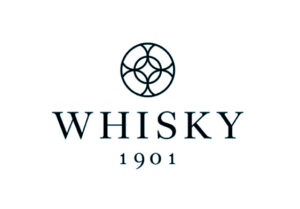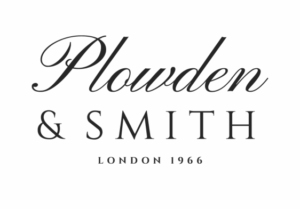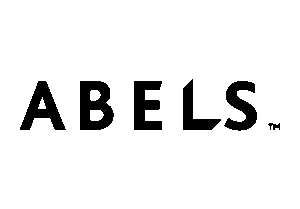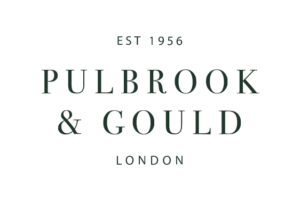Five minutes with Laura Ford, President of the Royal Society of Sculptors
You hold several public roles, including the Presidency of the Royal Society of Sculptors. What challenges do these bring and why do devote your time to them?
I am President of the Royal Society of Sculptors, a trustee of Pallant House Gallery in Chichester, and was a founding trustee of Turner Contemporary in Margate. I’m always an artist first, and these roles take me out of the studio – that’s the challenge. But I feel it’s essential work: having the artist’s perspective represented at an institutional level is vital. Without it, organisations like these risk losing sight of their core values and may struggle to truly support the artists whose work they exist to share.
Each of these roles has been completely different. I worked closely with Turner Contemporary from its conceptualisation to its grand opening and beyond. It had a very determined board and an excellent director in Victoria Pomery, and it was brilliant to see the project develop – from a highly contested and controversial idea to a landmark building that has transformed Margate into one of Europe’s artistic hubs.
Pallant House Gallery, on the other hand, is a long-established and much-loved institution, with a magnificent modern collection and a distinctive programme that blends top-quality Modern British art with contemporary commissions and exhibitions. It has a strong team, a dedicated and passionate board of trustees, and continues to evolve and grow. Its challenge is different – it already has an established audience that loves the place, so the focus is on innovation without alienation: how to continue surprising and engaging that audience while remaining true to its identity.
I have been President of the Royal Society of Sculptors for over three years and was a trustee before that. It’s a unique organisation: its global membership is made up exclusively of sculpture makers, and it exists to support them in their practice and provide a sense of community. My core ambition for the Society has been to grow and strengthen its membership and to make it a natural home for sculptors. It offers community, resources, and a fully functioning HQ at Dora House, in the heart of Kensington and Chelsea.
You also run a gallery and educational space in West Sussex. What made you set that up and how does it work?
My partner, Andrew Sabin, is also a sculptor. We met on postgraduate at Chelsea School of Art in the early ’80s, and we’ve had a continuous sculpture practice for over 40 years. In 2019 we took the decision to sell up and leave London, along with the shared live-work studio we’d had for more than two decades. We bought a large plot of land in West Sussex, and over two challenging but rewarding years, we built a new live-work space with three studios, a large storage and exhibition area, and a 15-acre sculpture park where we can show large-scale works. Within the studio building is a gallery where we put on two or three exhibitions a year, either of new work or work from our archives.
Education has always been part of our work. Through the ’90s and early 2000s we both taught at London art schools, and in our studios we regularly took work experience students from local schools. When we moved to West Sussex, we saw an opportunity to build on that. We set up Matt Black Barn CIC to run studio tours for schools and groups, and creative workshops for people of all ages and abilities. We’re currently supported by our second Arts Council grant, and we now get over 1,000 visitors a year. We have teamed up with Pallant House and The Goodwood Sculpture Foundation and often share group tours with them as we are all in close proximity and have very complementary offerings.

People are often told that being an artist is impossible, or at best, incredibly risky. By opening our studios and sharing our story, we hope to show what a committed art practice looks like, and that a life in art is not only possible but worth pursuing. More importantly, we want to help others imagine how they might build one for themselves.
When I was in New York in the early ’80s, I was lucky enough to visit the studios of Roy Lichtenstein and Richard Serra. It helped me imagine a life that was braver and more unconventional than anything I’d known up to that point. We hope that visiting The Black Barn gives young artists the same energy and ambition.
What inspires your own sculpture and where can people see it?
I grew up in a fairground family in South Wales. So many of my references come from that world. I draw on the fantastical, the absurd, the sinister, splicing it with the banal stuff of everyday life in a tragi-comic expression of the way we mask tenderness with bravado, fear with costume, and hope with a grin that sometimes slips. I’ve always moved between the real and the unreal, the creepy and the sweet, the funny and the mean. My sculptures – often stitched from fabric and found things, sometimes cast or built – stand like characters that wandered off the set of a story before the ending, caught mid-emotional reaction.
People often meet the work as if it were a children’s tale, then realise, a breath later, the tale has teeth. Silent Howlers are faceless and overwhelmed, performing sorrow in a thicket of feeling. Dancing Clog Girls whirl in a ring of joy until you notice the roots sprouting from their clogs and the uncanny blank where faces should be. My sculptures aren’t props. They’re states of mind wearing shoes.
You can see my work during Frieze at Dover Street Market in London. I have a solo show of ceramics on now at Gallery Ten in Cardiff. I’m represented by Bolee and Workman in Bruton and show regularly in the park at New Art Centre in Salisbury. In Germany, my work is shown by Galerie Scheffel. I have work in the collections of the V&A and Tate. You can visit my studio and gallery on one of our open days, or collectors can sign up for a private group visit by emailing [email protected]. New work is online at www.lauraford.net or via Instagram @laura_ford_sculpture.

Your partner Andrew Sabin is also a successful sculptor. How closely do you work together? What are the benefits and disadvantages?
Andrew is a great sculptor. We share a common understanding of what sculpture is, how it works, and what it needs. His work is mainly abstract and mine mainly figurative, so we have very distinct practices – but at the core, the concerns are the same: our emotional response to the disposition of materials in space. I might make a fine dress for a figure, and he might develop complex surface textures in an abstract form, but the target is the same: to provoke thoughts and feelings, in our audience and in ourselves. We discuss each other’s work and help each other find solutions when we get stuck.
But it’s taken us time to learn how to critique (and accept critique) without tension or creative blocks. After years together, you develop a language that pushes each other without hurting each other. It takes practice, but when you get it right, it’s incredibly motivating. The right provocation can spark a breakthrough or reveal a solution just out of sight. If something isn’t right in a piece, I know I won’t get away with it – Andrew will spot it immediately.
What would be your one piece of advice to anyone thinking of trying to make a living as a sculptor?
Make sure you have another income when you’re starting out. I taught in art schools and worked as a yoga teacher for many years alongside making and showing my work. Having that financial security gave me the artistic freedom to make the work I wanted without thinking too much about the market.
If you could own one artwork, what would that be?
I would love to buy a painting by Cherry Pickles, whose work is witty and dark whilst also being amazingly fluid and technically brilliant.
Tell us something unusual/unexpected about yourself.
I was almost kicked out of art school.
